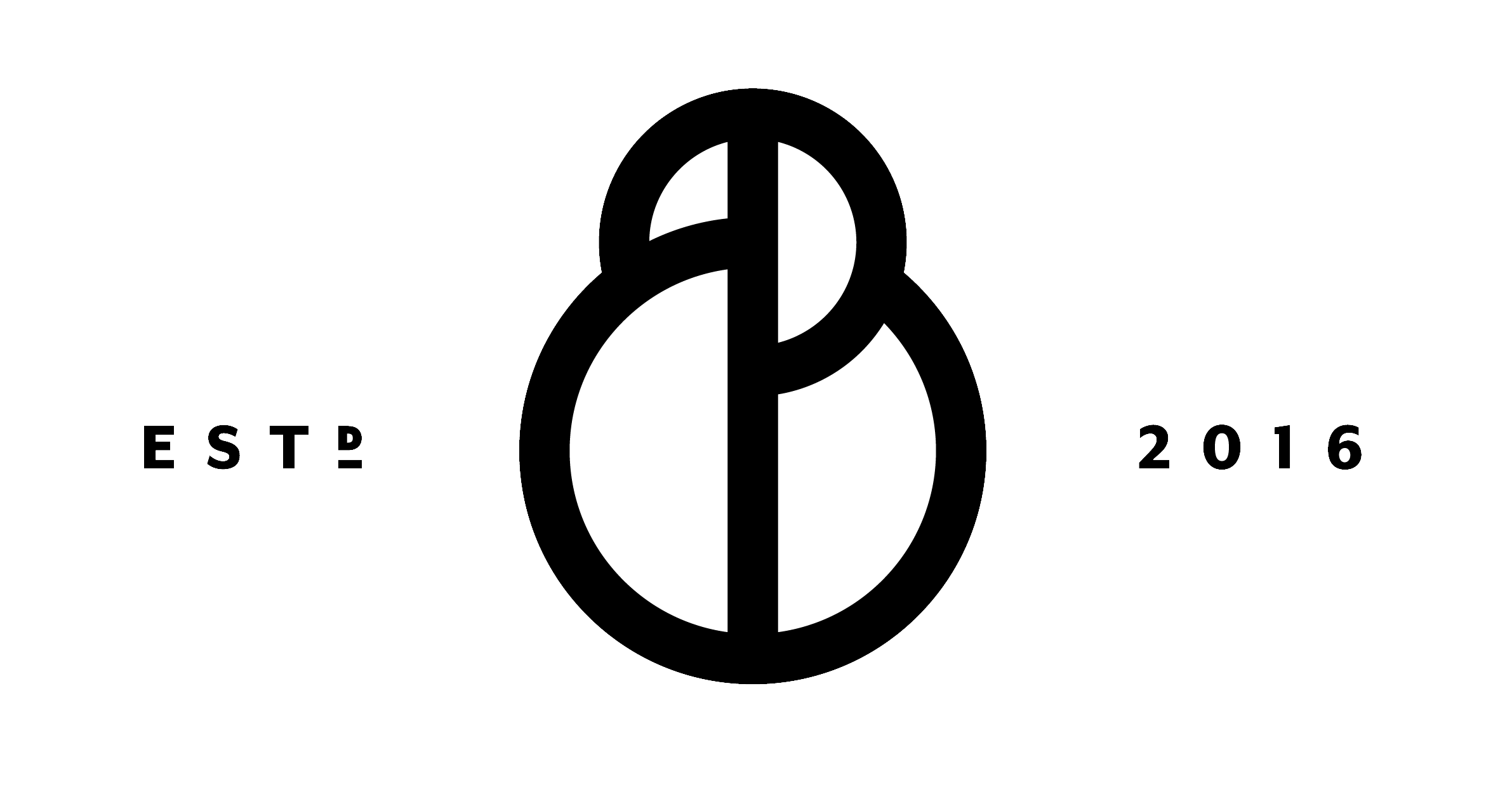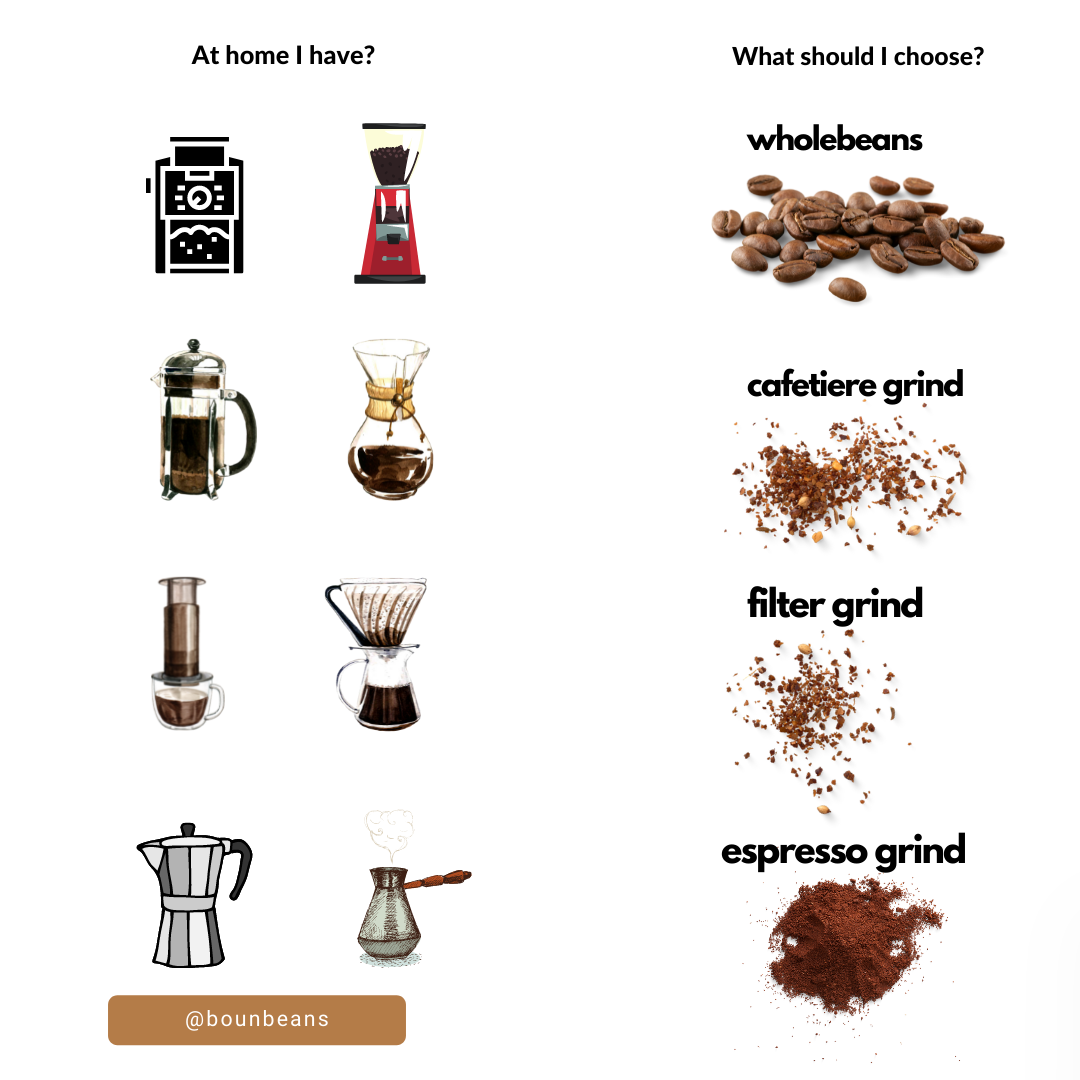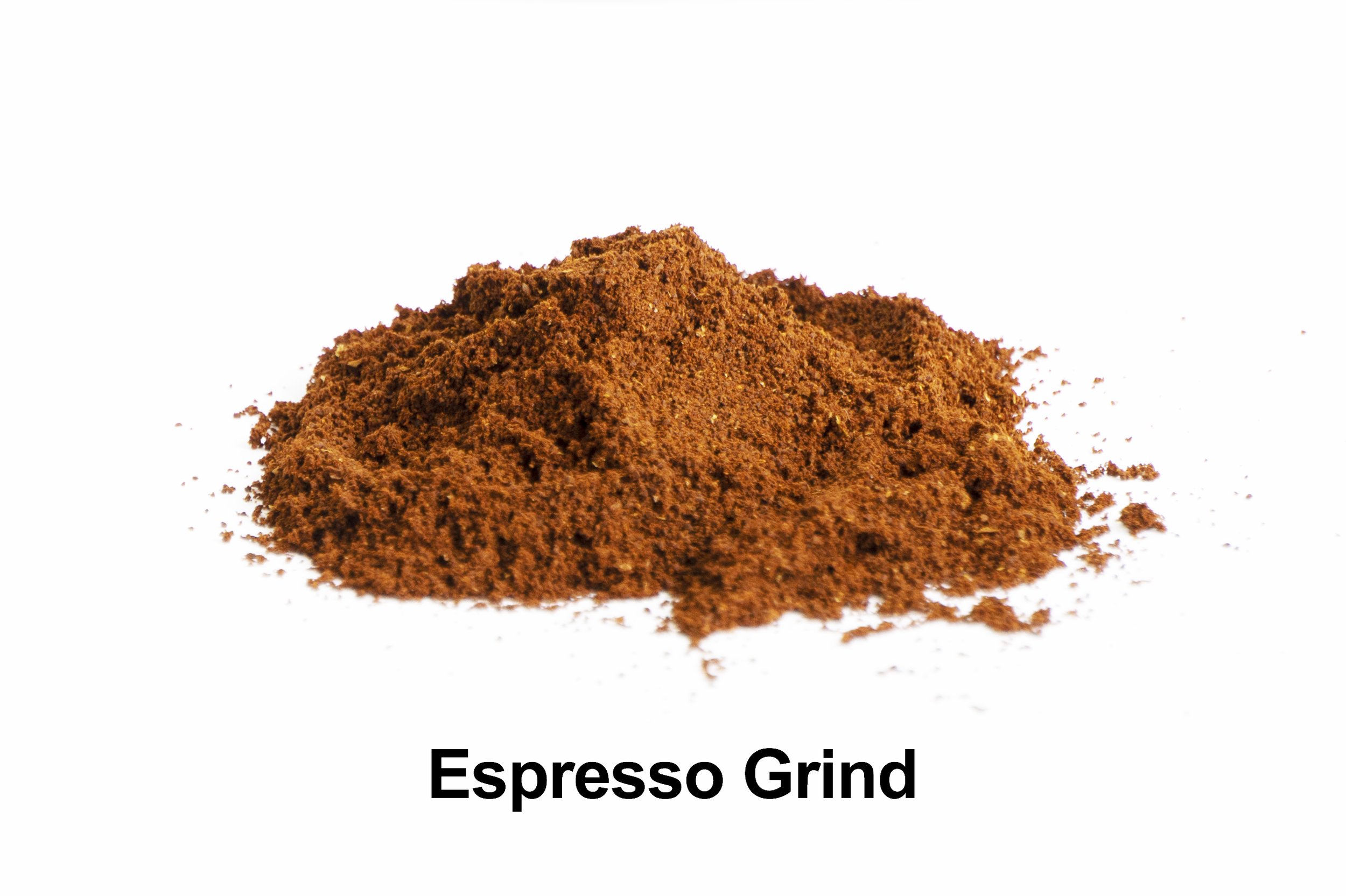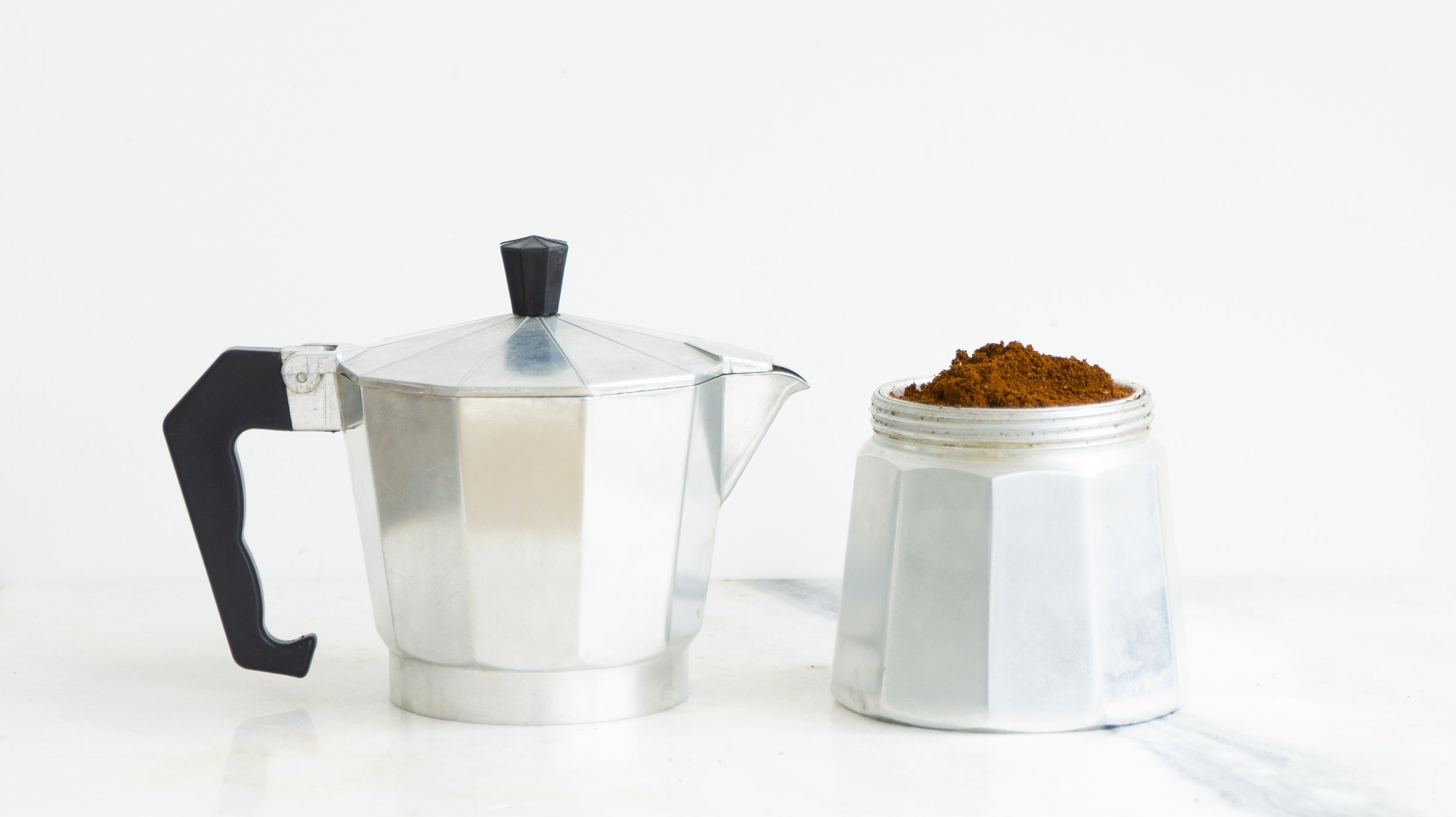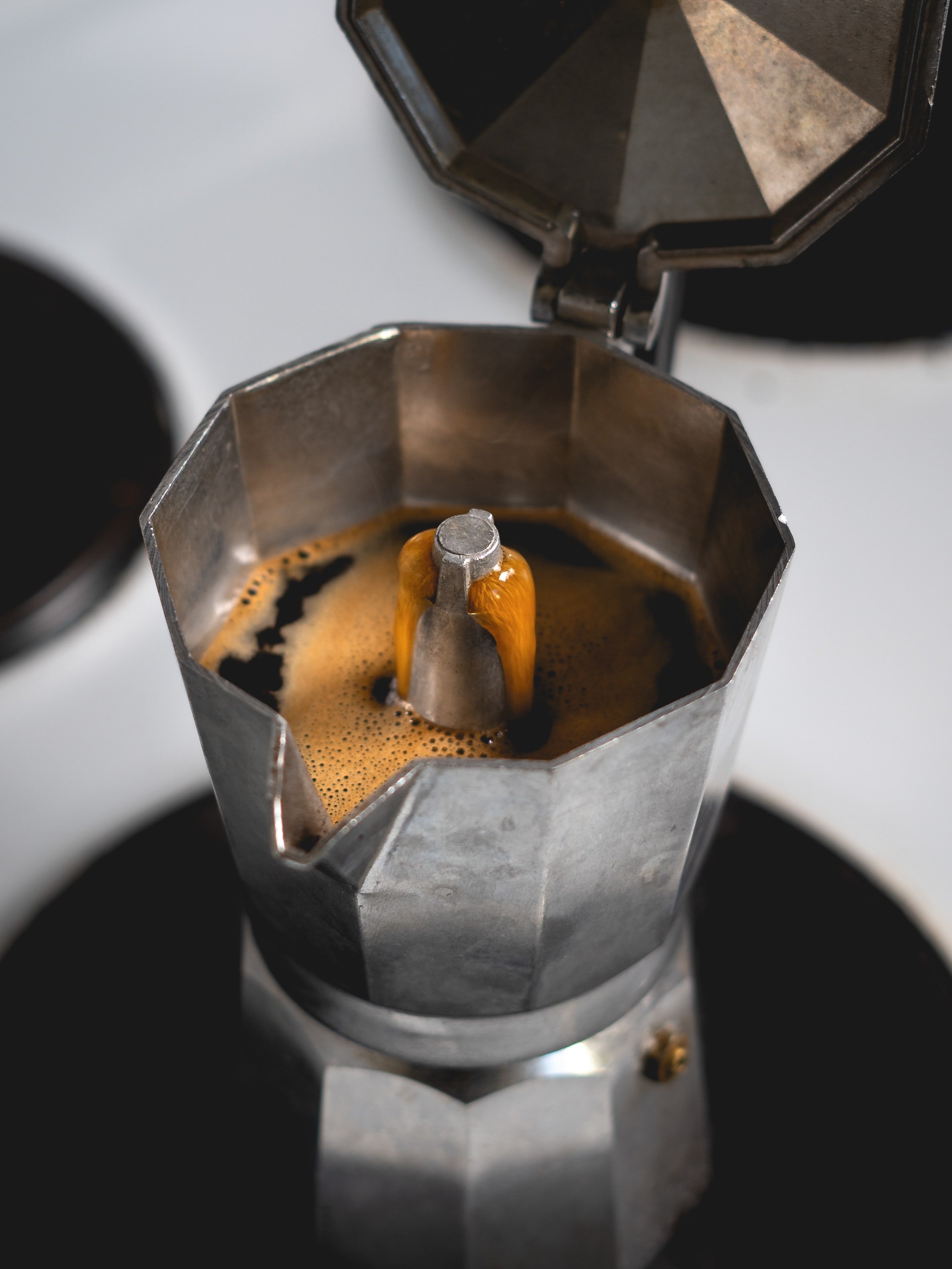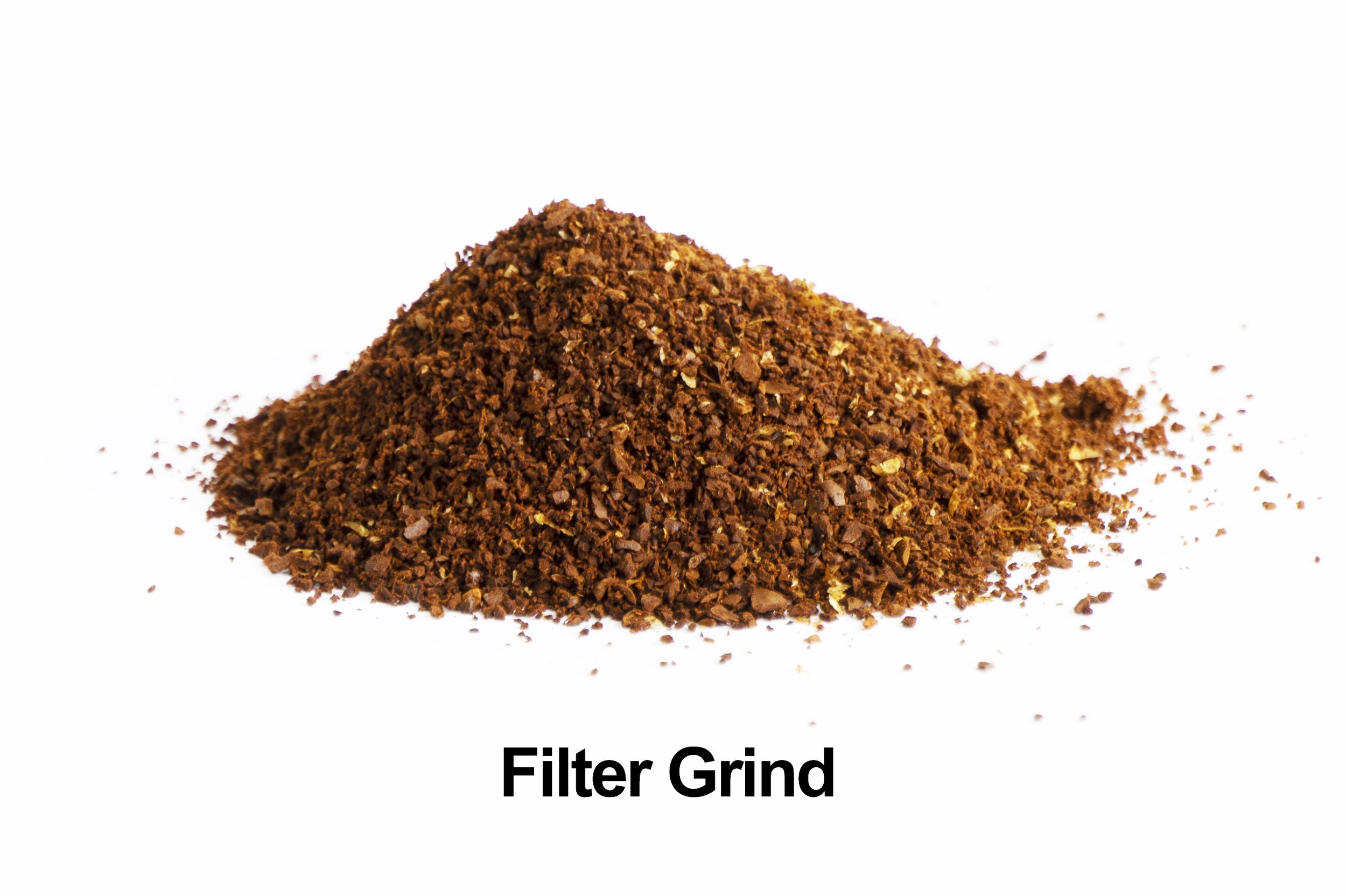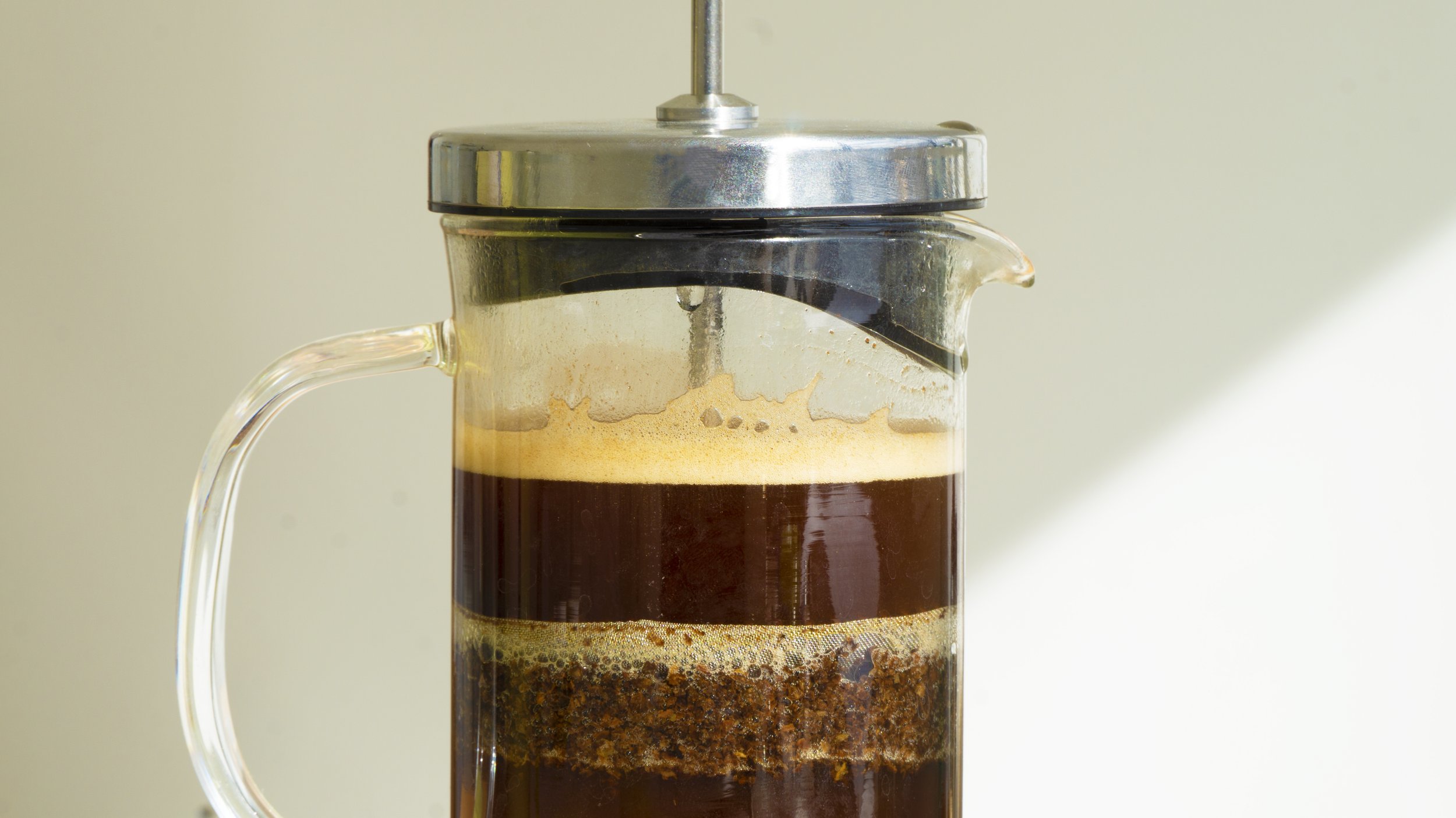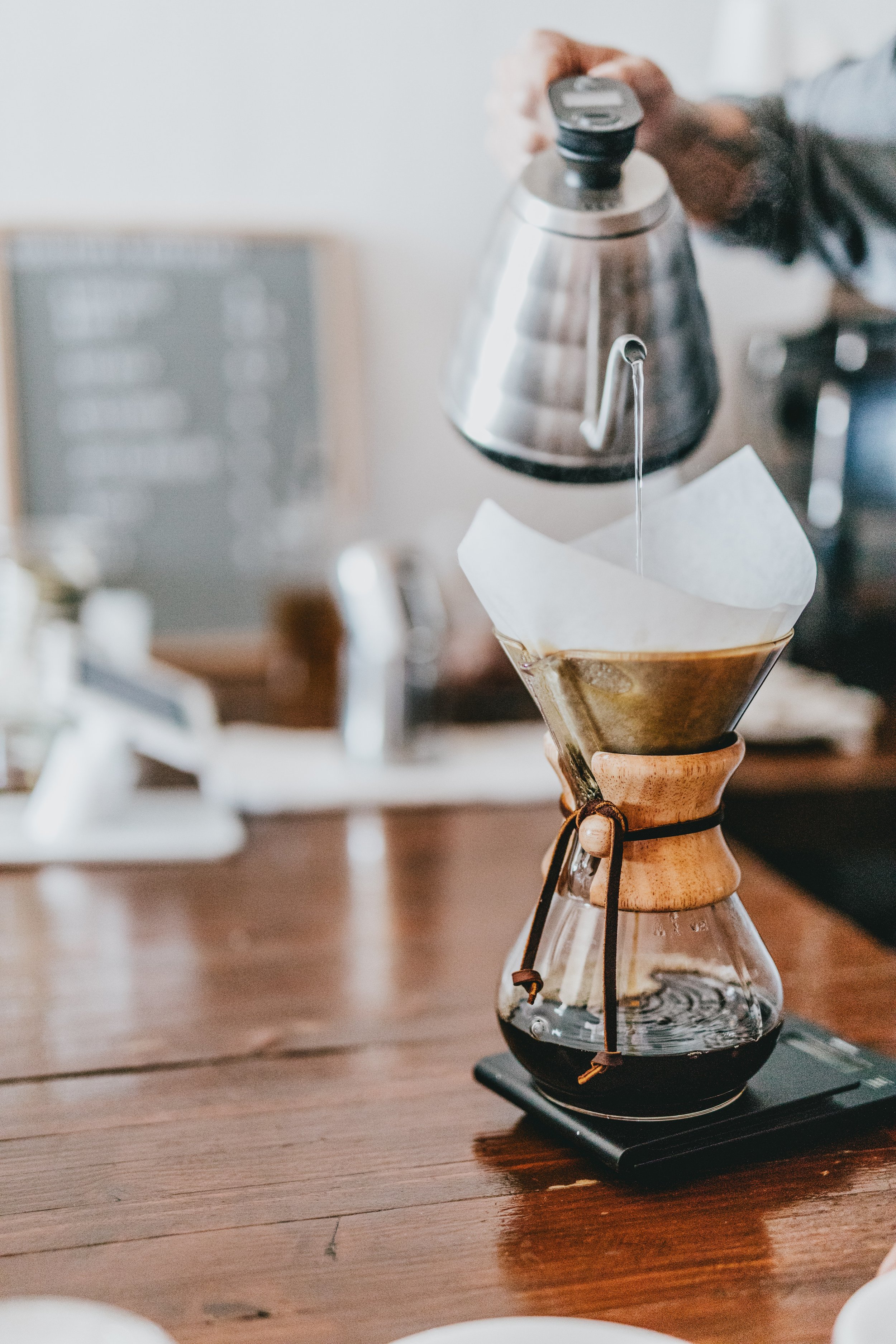How to make different coffees
Want to know how to make a great coffee at home? Need advice on how to make different coffees? You’re in the right place
There are so many factors in getting the most from coffee. We’ve talked before about the time and effort Boun Beans goes to in order to source Grade One, luxury coffees and how we roast these coffees to perfection. However, just because a coffee is from the best estate or farm and is roasted with care and attention, it does not mean your cup of coffee will be exactly how you like it. The final cup also depends on how it is brewed and prepared, and while well roasted specialty coffee will likely always taste good; without the right preparation it may not be to your tastes.
Getting the basics right
There are so many variables that influence how a cup of coffee tastes: brewing equipment, water quality and water temperature, to name just a few. Today though, we want to focus on grinding and grind size. How you grind your coffee influences so many of the other variables that matter to producing a good cup of coffee. A fine grind in your dripper, for instance, will make the water flow through the coffee slower than a coarse grind. At Boun Beans we offer our coffee in whole bean or as ground. Even more than that, we have three different ground coffee options: cafetiere, filter and espresso. Choosing which of these suits you, may be the final step in you having the best coffee possible at home.
The easiest and most simple piece of advice is this: if you have a filter machine or dripper, choose the filter grind. If you have an espresso machine, choose the espresso grind. But you might be asking yourself, why? Maybe you want a stronger cup of coffee and want to use the espresso grind in your filter. You can do this, however, what we would suggest is you instead choose our dark roast and not a finer grind. You see, when the grind is too coarse or too fine it really affects the flavour of your coffee.
The importance of finding the right grind size
Firstly, what do we mean by fine or coarse. Well, finely ground coffee is often like a powder, with a flour-y feel to it. A more coarsely ground coffee might be like granulated sugar, you can feel the individual pieces of coffee but it still is pretty small. Beyond that your grind is getting quite coarse, which might work well with certain large coffee brewers you’ve seen in offices or stadiums, but is possibly too coarse for most everyday coffee brewers.
When coffee is more coarsely ground, less is extracted by the water. If you put our cafetiere grind in your espresso machine, the hot water will just flow through the coffee in lightning speed and will barely pick up any coffee flavours at all. What you’re left with is a thin, watery and often sour cup of coffee. In contrast, if you take our espresso grind and put it in your cafetiere, so much of the coffee flavours and so many of the fine particles of coffee that give the drink it’s texture will be extracted. In this instance, you are likely to get what professionals call an ‘over extracted’ coffee. Think heavy, bitter and sometimes even grainy.
Grind as you go
As a rule fo thumb, to keep your coffee fresh and lasting longer, always grind a little bit of coffee at a time - keep your grind bespoke. The moment coffee is ground, and exposed to oxygen, the coffee begins to lose its freshness. If you used machines at home, this issue is solved for you. Of course, there is the option of grinding the coffee yourself. If you purchase an electric grinder or hand grinder for your coffee, you can try different grind sizes out for yourself and find the exact one that suits your method or style. Grinding beans fresh also means a little fresher flavour in your coffee too. Whatever you choose to do, choosing the right grind size for your method is really important. We hope that this blog has helped you understand a little more about why grind size is important; however, if you are still scratching your head, we put together the chart below for you to take a look at:
